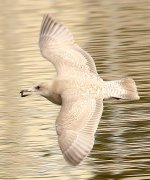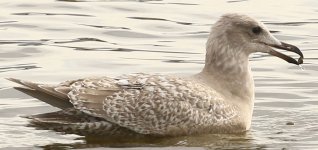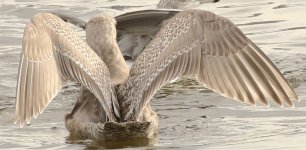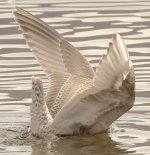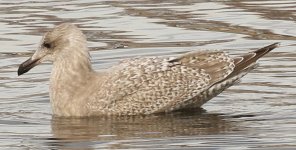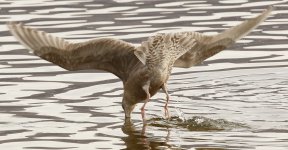Birds4Kathy
Well-known member
Yesterday (Jan, 21, 2021) I went to a small lake near Reno Nevada called Sparks Marina. Off and on a Juvenile Glaucous-winged Gull has been reported there. During this same time period a Juvenile Thayer's Gull has also been reported. There appears to be disagreement in the local birding community about whether the bird I saw today is a Juvenile Glaucous-winged or a Thayer's Gull. Enclosed are several photos of the same bird on the water and flying. Is there some defining characteristic that suggests it's one rather than the other? Any insight would be greatly appreciated. Kathy
